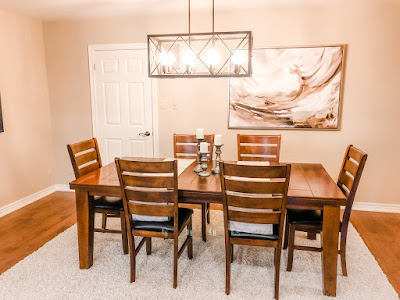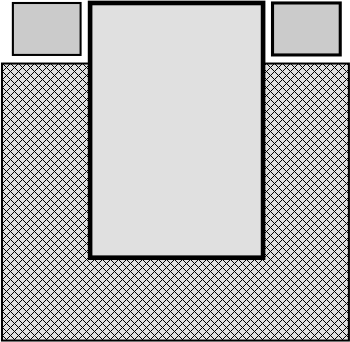“Should I cover my hardwood floor?”
“Will adding an area rug create the cozy atmosphere I am looking for?”
“What size area rug should I chose for my dining room?
Hard surfaces such as tile, luxury vinyl and hardwood are all great flooring options for any home, but they can often leave the room feeling cold and incomplete, thus the benefits of adding a carefully selected and properly sized area rug in combination.
The benefits of adding area rugs go far greater than just elevating the overall look of the room. Here are just a few of our favourite reasons to cozy up your space with an area rug:
Less Wear and Tear: By utilizing an area rug you can lessen the wear and tear on your flooring, while still highlighting your floors and your selected decor.
Additional Comfort: Although hardwood floors are a go-to upgrade and look great, they are not always the most comfortable underfoot.
Warmth: Not only does an area rug provide additional comfort and style, but it can also add warmth to your tootsies. For some extra comfort and warmth, as well as a way to protect both your floors and the area rug for longer life, we recommend adding an under mat padding, especially for use in basements.
Absorbs Sound: This can be especially useful in a room that is absent of “soft” furnishings and/or high ceilings where the space would be prone to echos.
Ground/Anchor a Room: Without an area rug, some rooms can feel as though the furniture is "floating". An area rug helps to anchor furniture within the room, however, selecting the correct size area rug is critical to effectively achieve this.
In general, area rugs that are appropriate for the average size living room, dining room, family room and bedroom come in the following sizes: 5 X 7 feet, 7 x 9 feet, 8 X10 feet, and 9 X 12 feet. By following a few simple rules, you can easily find the best area rug selection for you.
Living Rooms – Fit the Shape of the Room
For example, if you are looking to place an area rug in your living room, and the room contains a sofa, loveseat and chair that together create a conversation area, you will want to select an area rug that will tie the conversation area together. To avoid a “floating” area rug, ensure that the rug allows for the front feet of each piece of furniture to rest on it.
Additionally, the area rug should also be at least two feet wider (one foot per side) than the largest piece of furniture. In the case of the living room mentioned above, this would mean two feet wider than the sofa.
For open-concept spaces, it is best to ensure that the area rug will fit comfortably under each piece of furniture completely. In this case, the area rug is not only used to tie the conversation space together, but it is used to help to define the room within a room.
PRO TIP: The area rug does not necessarily need to be in the centre of the room. It should be placed according to the room’s furniture arrangement.
Bedrooms – Maximum Coverage
Select a large area rug so that the rug provides coverage at the sides of the bed as well as at the bottom of the bed. In the example below, we show an 8 X10 foot area rug under a queen-sized bed with a nightstand on either side.
On a budget or working in a small room? Selecting a slightly smaller area rug can help to create the illusion of more space. Instead of using an 8 x 10 foot area rug, as shown above, select a 7 x 9 or a 6 x 8 and place 1/3 under the bed from the foot of the bed.
PRO TIP: Even when your area rug is under the bed, the edges can still bunch up to cause a tripping hazard. Double-sided carpet tape is the best solution to safely secure your rug. Alternatively, a nonslip rug mat placed under the entire area rug can also help to keep the edges down.
Dining Rooms – The Two-Foot Rule
 An area rug under a dining table will help to soften the space, as well as protect your floors. This look is especially popular with wood floors when combined with wood dining tables and chairs.
An area rug under a dining table will help to soften the space, as well as protect your floors. This look is especially popular with wood floors when combined with wood dining tables and chairs.The goal in selecting an area rug for a dining room is to ensure that the chairs comfortably remain on the area rug, even when they are pulled out from the table (as if you were getting into the chairs to sit down). No one wants to sit in a chair that is half on and half off of the rug. To achieve this, we recommend using the “two-foot” rule and ensuring that the area rug extends a minimum of 2 feet on each side of the table.
PRO TIP: Not quite sure how the area rug will look? Before purchasing, map out the placement of the area rug with painters tape.
Using area rugs can be a lot of fun. They provide comfort, warmth, and decorative interest and are a great way to complete the look of any room in your home.
Written by: Martha Wallace, Professional Home Stager, Beyond The Stage Homes

